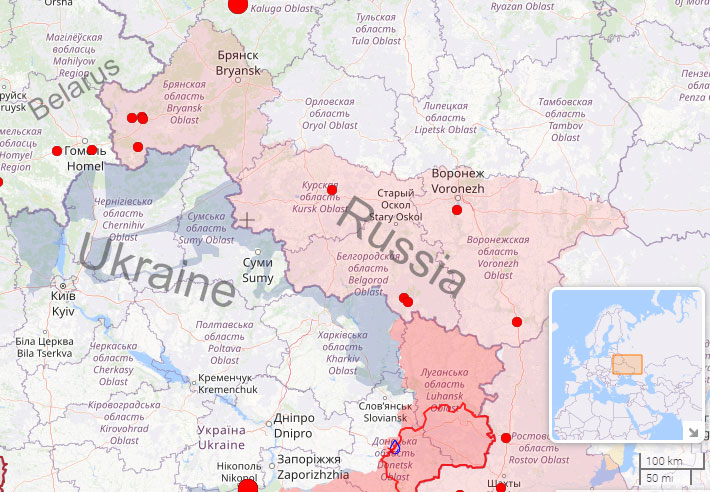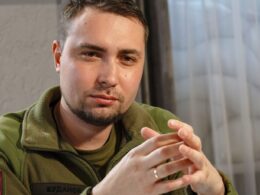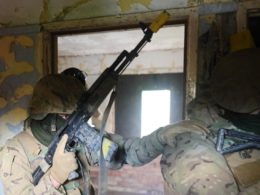In his interview with The Economist, Major-General Vadym Skibitskyi, the deputy head of Ukraine's military intelligence agency HUR, has outlined Russia's three-layered strategy involving a phased offensive campaign to first seize full control of two eastern provinces before potentially turning toward assaults on northeastern Kharkiv and Sumy, which is coupled with disruptive disinformation efforts aimed at undermining Ukraine's mobilization, and a campaign to isolate Ukraine internationally.
Russia's near-term objective is full-occupation of Donbas region
Skibitskyi says May will be the key month, predicting that Russia will first press on with its goal of "liberating" the entire Donetsk and Luhansk oblasts, with orders to "take something" before key dates like Russia's Victory Day on 9 May. Luhansk and Donetsk are Ukraine’s two easternmost provinces known as the Donbas region.
He cited Ukraine's immediate concern as being Donetsk Oblast's high-ground stronghold of Chasiv Yar
, which could fall to Russian forces like Avdiivka did in February.
While Russia continues to push on multiple directions in the front, the spymaster assumes that Russia's main offensive will start towards the "end of May or beginning of June."
Sumy and Kharkiv oblasts under threat if Donbas falls
Skibitsky warned that the speed and success of Russia's advance in the Donbas will determine the timing and locations of subsequent strikes, with Russia potentially gearing up for assaults around Kharkiv and Sumy regions in the northeast. He revealed Russia's northern grouping near Kharkiv currently has 35,000 troops but is set to expand to between 50,000 and 70,000, while also “generating a division of reserves” in central Russia, consisting of between 15,000 and 20,000 men, which could be added to the main effort.
“A quick operation to come in and come out: maybe. But an operation to take Kharkiv, or even Sumy city, is of a different order. The Russians know this. And we know this.”
Russia's three-layered campaign: military escalation, disinfo campaigns, efforts towards Ukraine's int'l isolation






